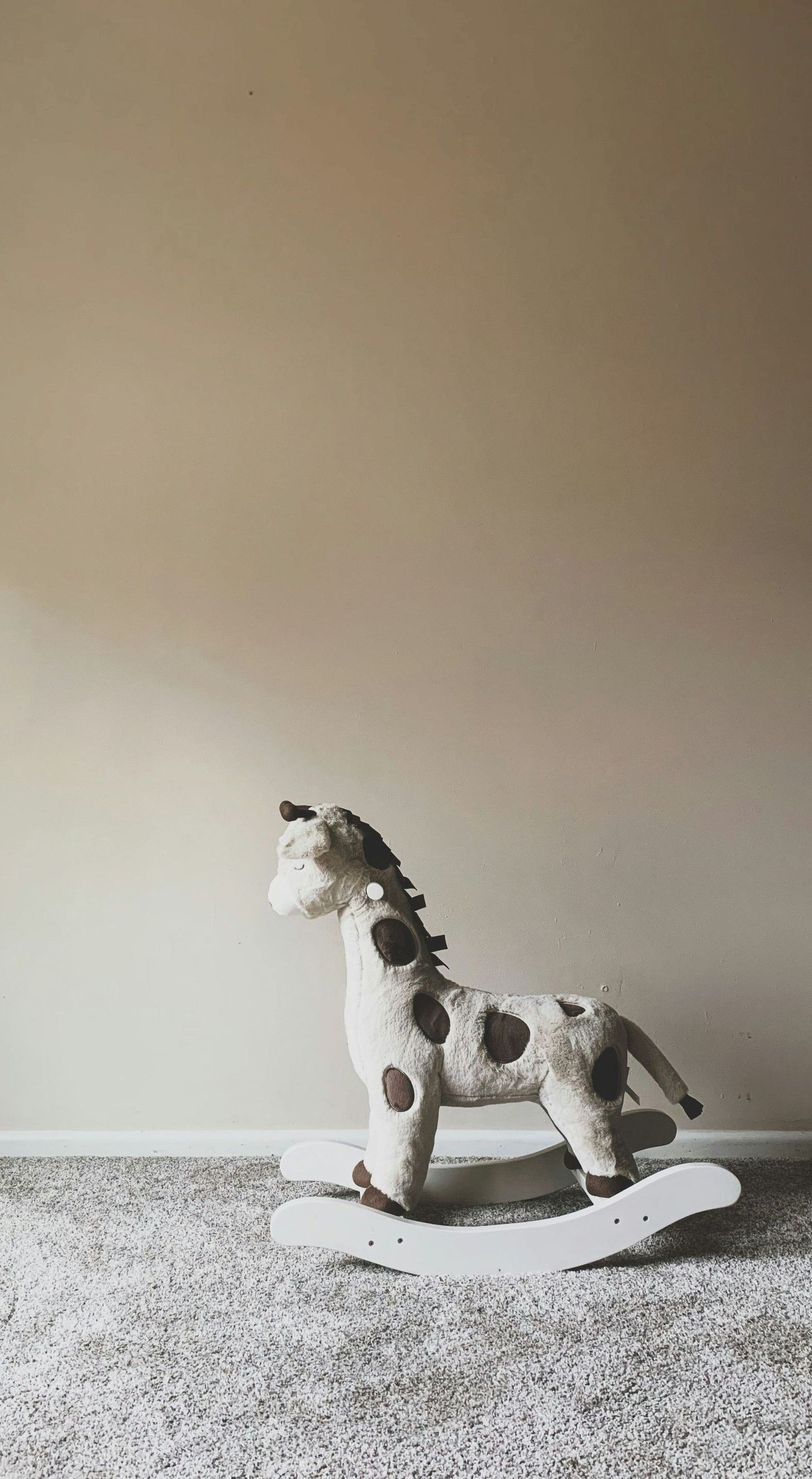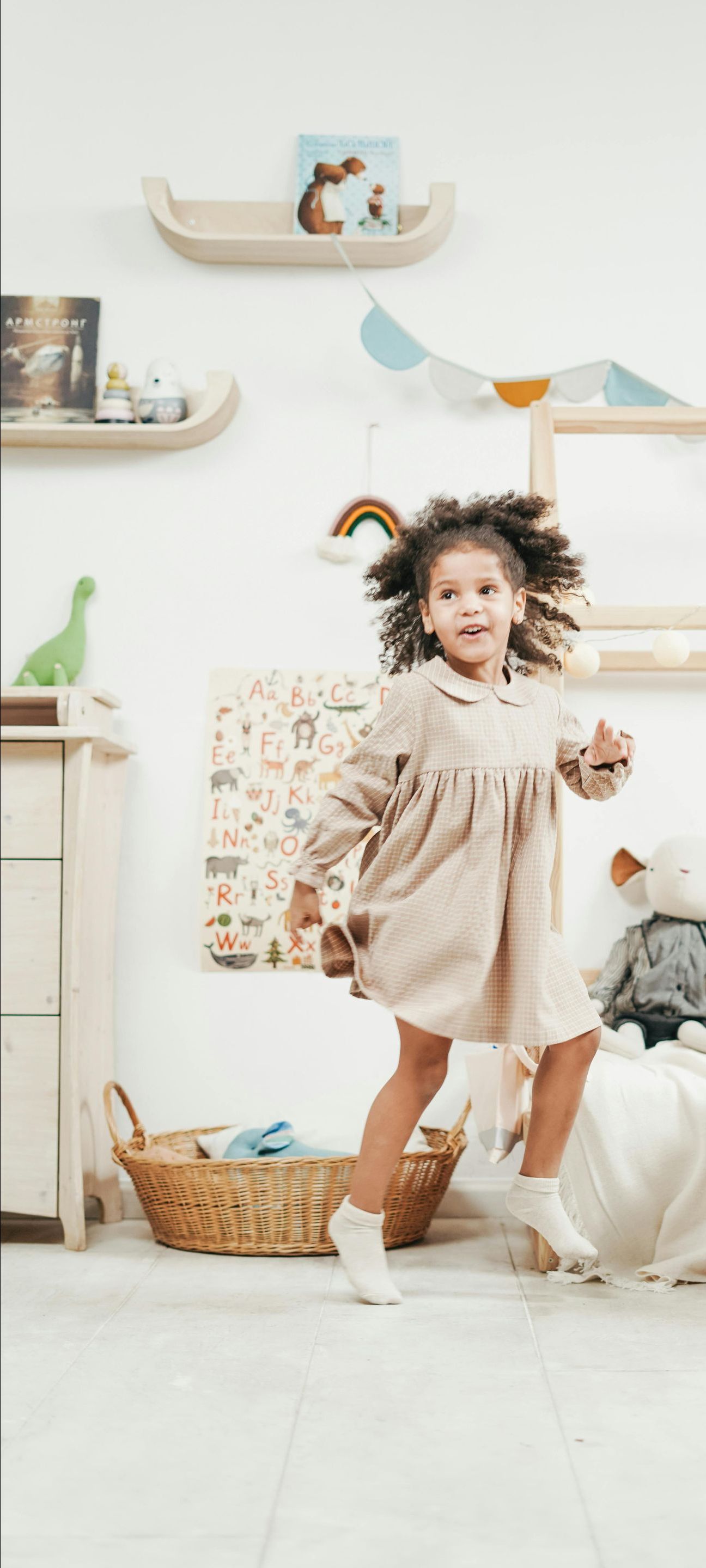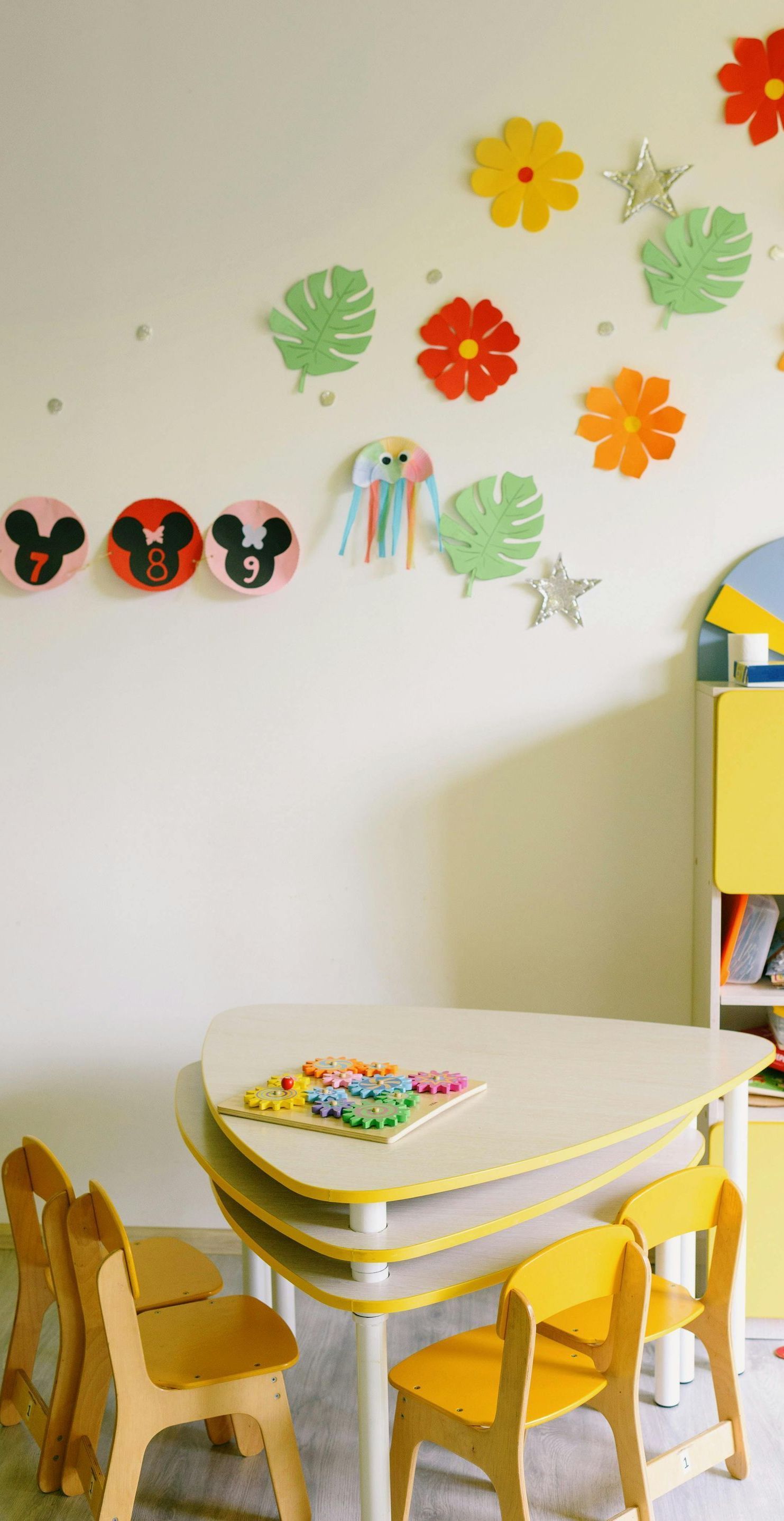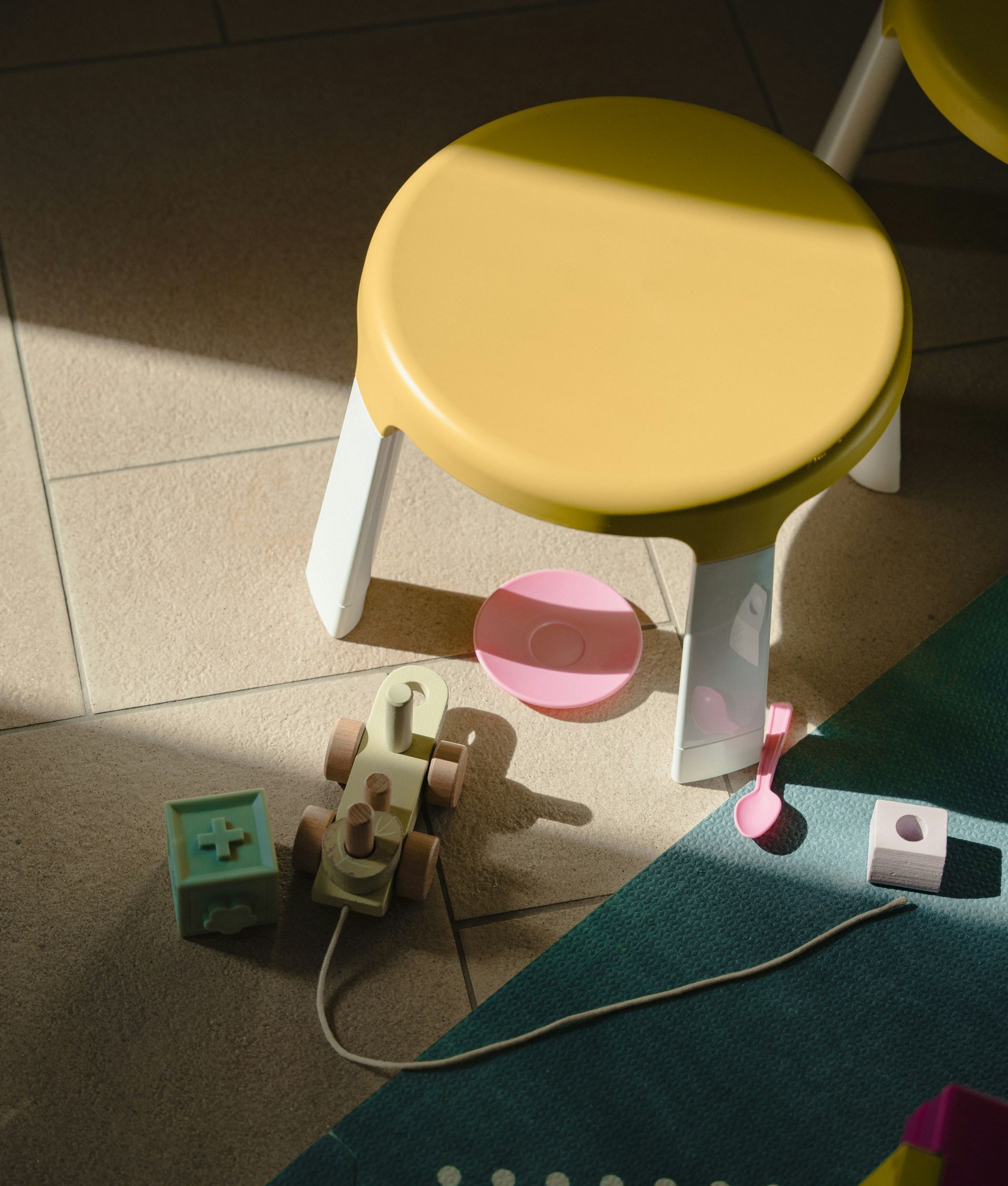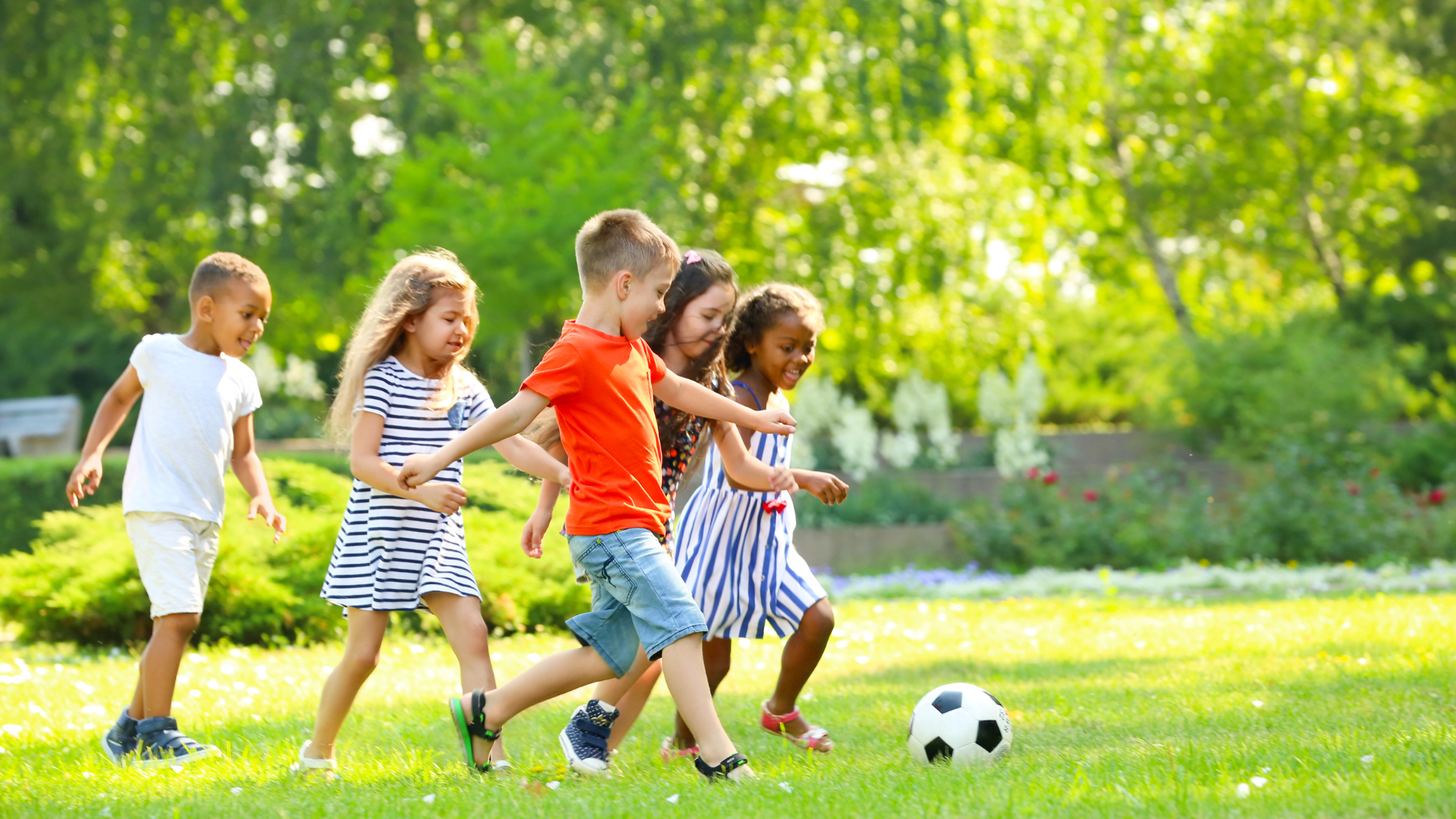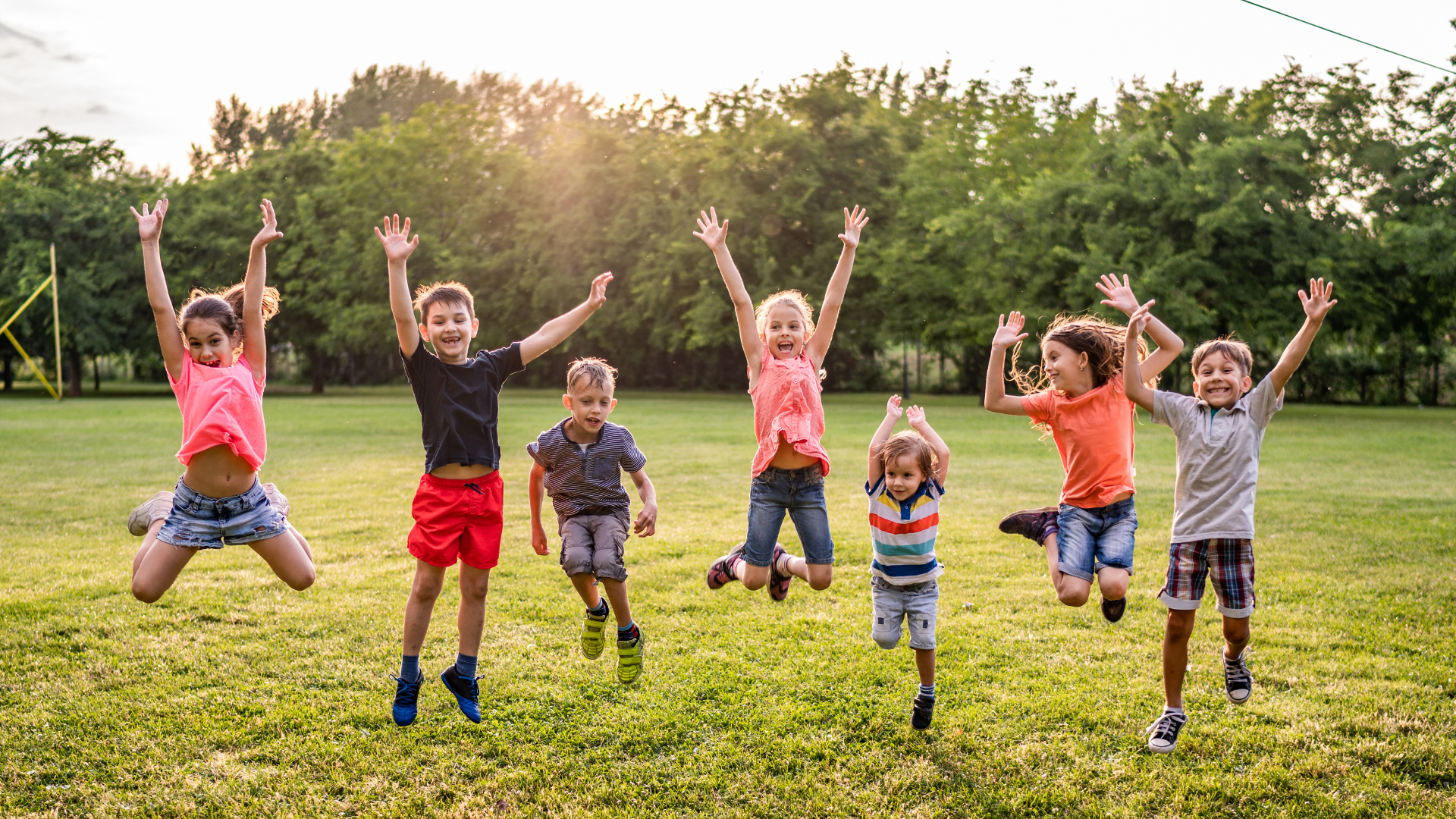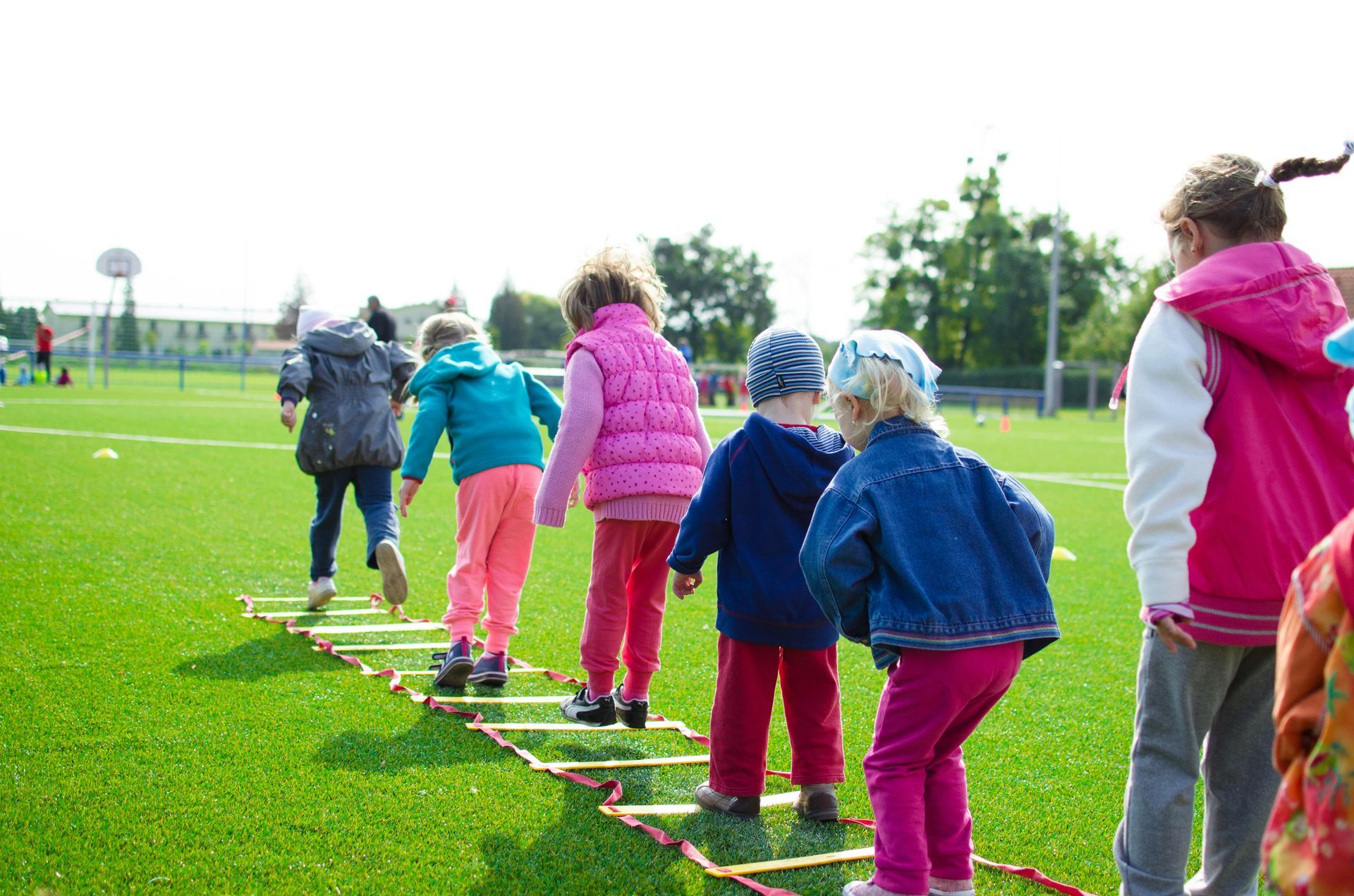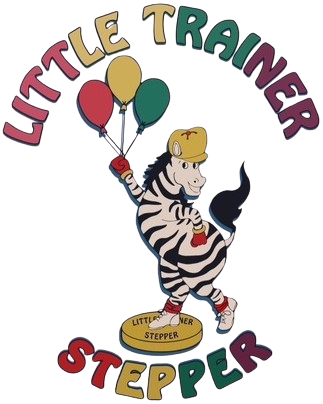Small Space, Big Movement: Making Room for Fitness in Any Home
How to Keep Kids Active in Any Size Home
You don’t need a big house or a dedicated playroom to help your child stay active. In fact, with the right tools and a little creativity, even the smallest apartment can become a space where kids move, build strength, and burn energy in healthy ways. If you’re short on square footage but big on giving your child the benefits of physical activity, here’s how to make movement a part of daily life—no matter the size of your living room.
Why Movement Matters for Kids
Movement isn’t just about exercise—it’s about growth. When young children engage in physical activity, they’re doing more than getting the wiggles out. They’re building motor skills, improving balance, boosting brain function, and laying the foundation for healthy habits.
Daily activity also supports emotional regulation and better sleep, making movement an essential part of childhood.
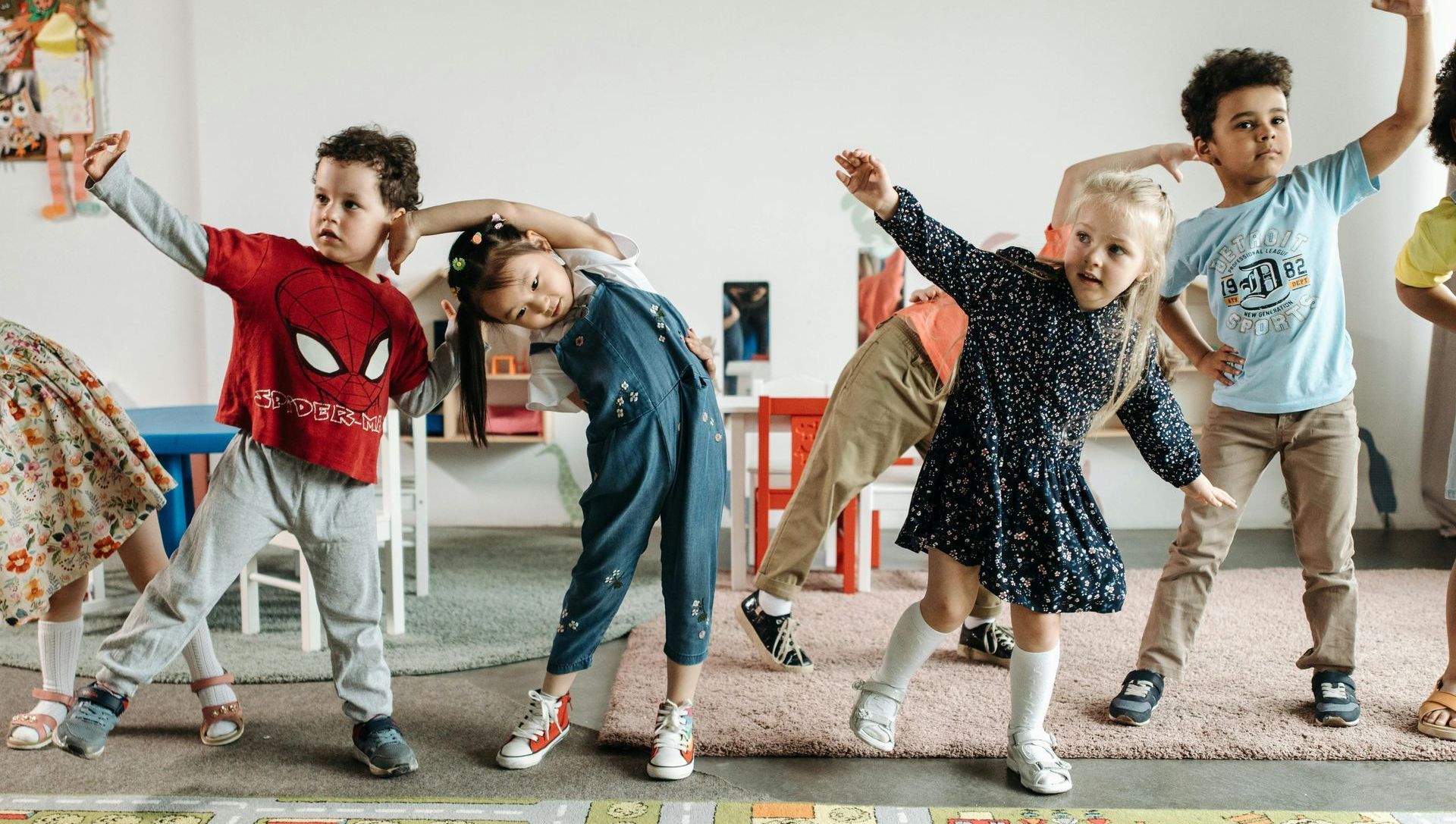
The Challenge of Tight Spaces
Parents often feel limited by space, especially when the weather keeps everyone indoors. It’s hard to ignore the temptation of screens, and most traditional indoor activities—blocks, puzzles, drawing—don’t involve much physical movement. That’s where compact, kid-friendly fitness tools can make a real difference.
Meet the Little Trainer Stepper
The Little Trainer Stepper was created with these challenges in mind. It’s designed specifically for kids, offering a fun, low-impact way to move—even in small areas. Unlike adult machines that take up half a room and require supervision, the Stepper is lightweight, child-sized, and safe for solo use. It fits easily in a bedroom corner or under a bed and can be pulled out for quick bursts of play.
What makes it stand out? Kids love it because it feels like grown-up equipment made just for them. Parents love it because it
encourages movement without a huge footprint—or a mess.
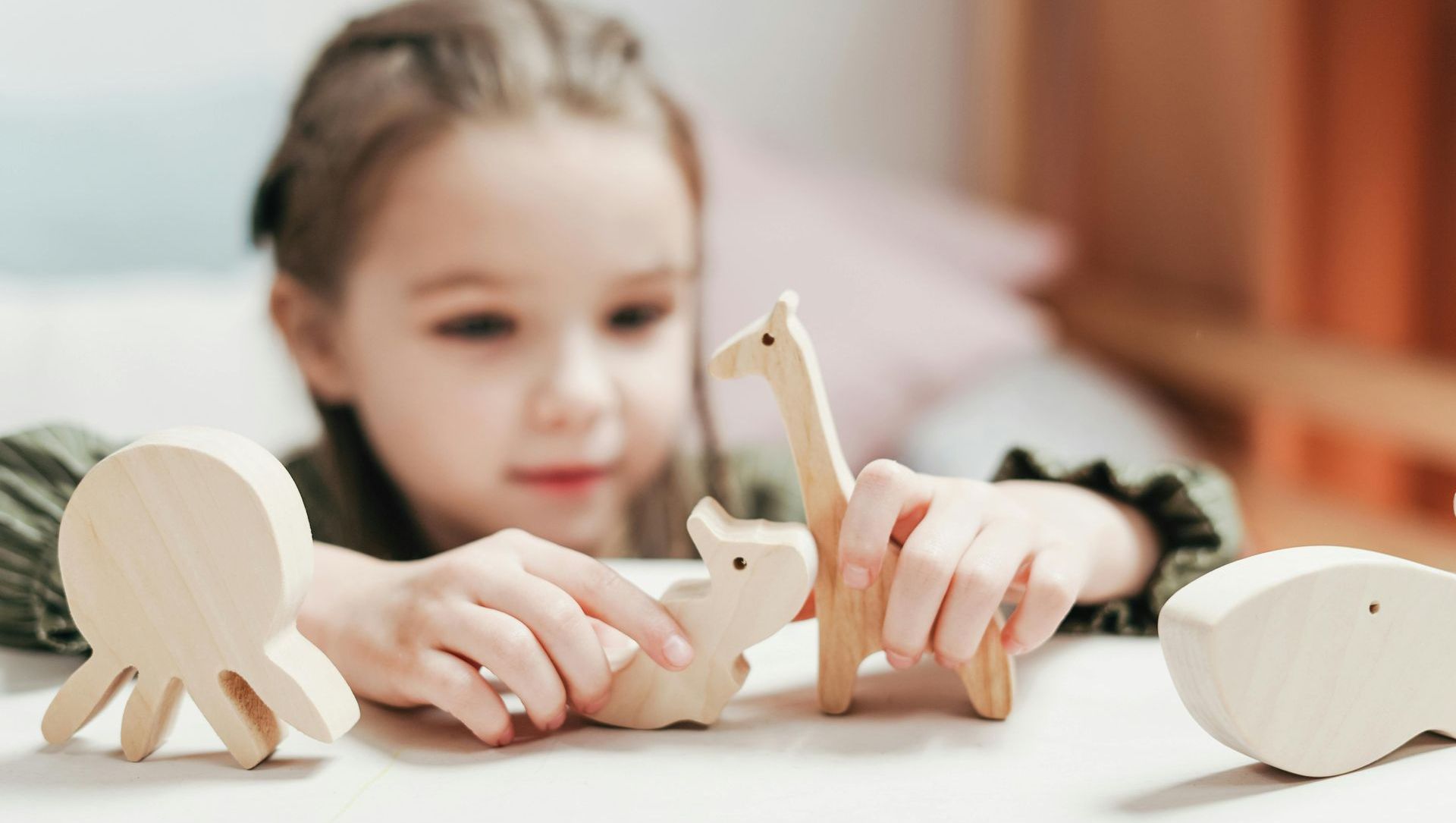
Tips for Maximizing Movement in Minimal Space
- Designate a Movement Zone: You don’t need a whole room—just a consistent spot. Clear a corner in the living room, a hallway, or even the area between the couch and TV. Make it the “movement station.”
- Use Vertical Space: Hang resistance bands, balance ropes, or even a chart of daily movement goals on the wall. Get kids involved in tracking their activity—it turns movement into a game.
- Rotate Toys Weekly: Keep a few active-play items in rotation—like the Little Trainer Stepper, a jump rope, or a yoga mat. Swapping items out keeps things fresh without cluttering your home.
- Pair Movement with Routine: Step while watching a favorite show. Do balance exercises during toothbrushing. Build movement into the rhythm of your child’s day so it becomes second nature.
- Make It Social: If siblings or friends are around, set up a mini challenge or relay. Who can step the longest? Who can reach a movement goal first? A little competition makes it fun.
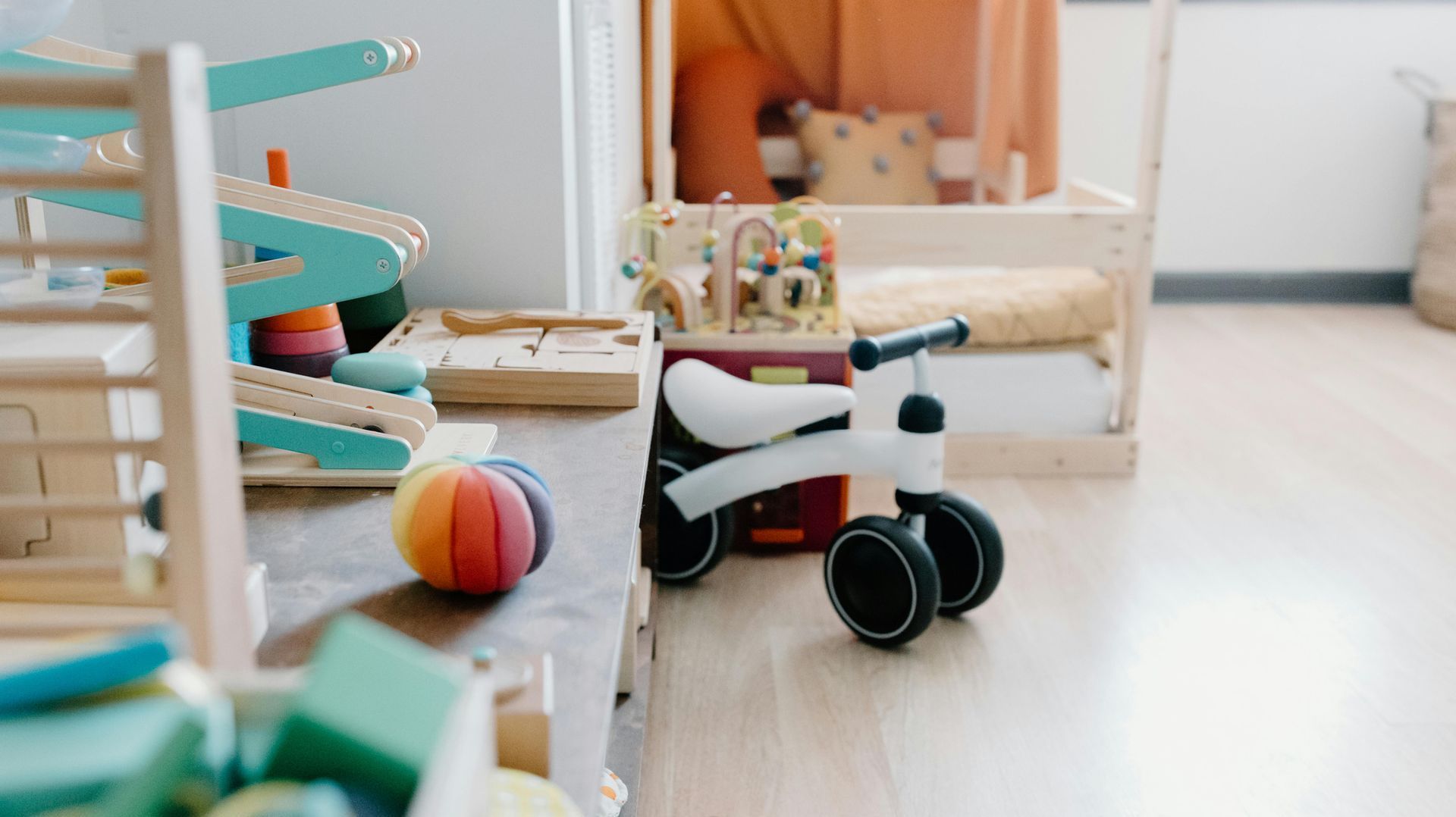
Big Impact, Small Setup
At the end of the day, helping your child stay active doesn’t require a gym or a huge house. It just takes intention, encouragement, and tools that work for your space. The Little Trainer Stepper is proof that something small can make a big difference—especially for growing bodies and developing minds.
Whether you’re in a studio apartment or just trying to keep clutter to a minimum, you can still make movement a priority. And when movement is fun, consistent, and accessible, it becomes a habit your child carries for life.
